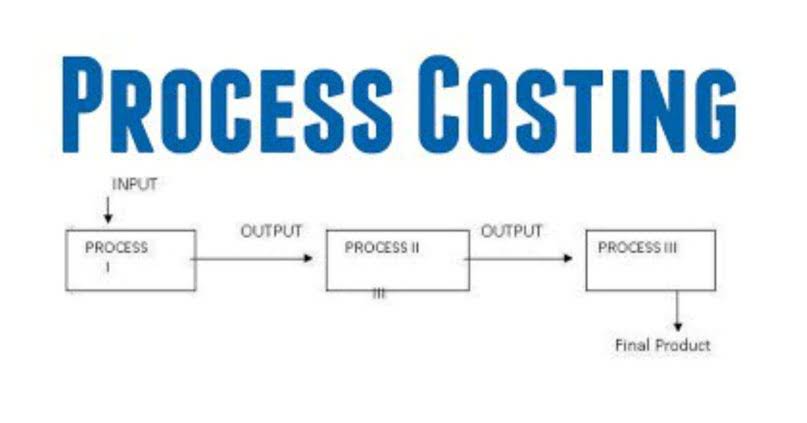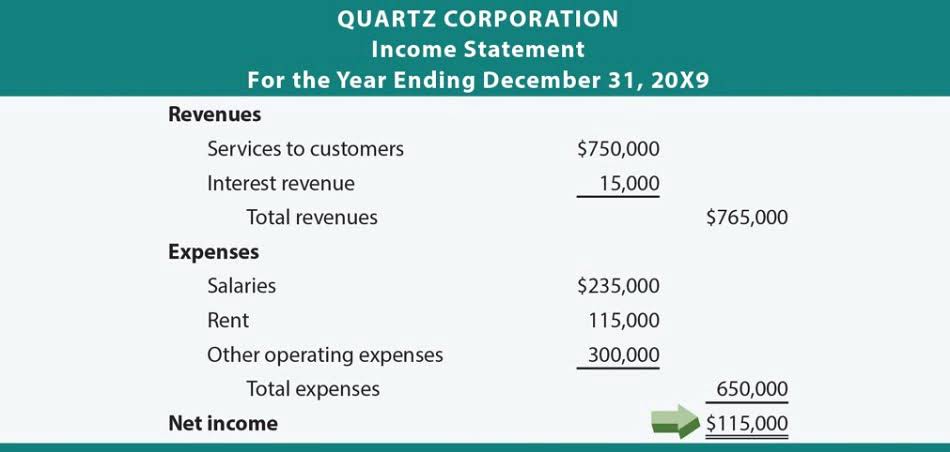
Calculating overtime pay is important if the employees at your organization are working overtime. The Fair Labor Standards Act (FLSA), along with federal and state laws throughout the US states that employees must receive proper compensation for their work. While it may be safe to assume salaried workers can’t collect overtime, Robert L. Föehl, business law and ethics professor at Ohio University, said that couldn’t be how much is overtime pay further from the truth. «Is Extra Pay Required For Weekend Or Night Work?»Additional information about overtime pay from the elaws FLSA Advisor.
Double Time for Salaried Workers: A Different Calculation

Annual overtime is the total number of extra hours an employee works outside their normally scheduled working time in a year. The Obama administration’s overtime rule would have covered about a third of full-time salaried employees. Under the Trump rule that replaced it, millions fewer have benefited. Certain holidays, like Thanksgiving or Christmas, Law Firm Accounts Receivable Management carry immense importance for some businesses – think hospitals, emergency services, or power plants. These organizations might offer triple time to incentivize employees to work during these holidays, ensuring critical operations continue uninterrupted.
Small Business Resources
- In this example, you would add their $290 earned at the regular rate to the $43.52 earned in overtime.
- However, there exists an even better incentive – referred to as “triple time.” This section dives into the details of this exceptional pay rate.
- Read this article then take a look at the pay for your exempt employees to make sure you are complying with these new regulations.
- You might be curious about how your superannuation and overtime correspond, and whether super is paid on overtime.
- The term is also commonly used to refer to an employer’s remuneration for the extra working hours.
- Regularly review your policy to ensure it remains effective and aligns with current regulations.
For example, if you worked 47 hours in a week and your normal rate is $16 dollars an hour, then you would multiply the seven excess hours by 24 to get an overtime pay of $168 in total. For example, some companies might offer double time for exceeding 12 hours of overtime in a single week, or for working on holidays or weekends. The pay rate for double time is significantly higher – you get twice your normal hourly wage.
- For example, pretend you are a train driver for your city’s subway system.
- ● $10 hourly wage becomes $15 ($10 x 1.5), with time and a half pay.● An 8-hour day yields $120 (8 hours x $15).
- Of course, for most salaried workers, overtime doesn’t mean getting to travel the country with celebrities, working on issues you’re passionate about.
- Your normal rate is $21.00 an hour, so your rate becomes $42.00 an hour on Christmas Day.
- Overtime pay is the premium pay that employers are required to provide to nonexempt employees when they work more than the federally determined threshold in a workweek, typically more than 40 hours.
- In states that calculate overtime per workday, employers must apply the applicable overtime rate to each hour beyond what’s considered a regular workday, e.g., eight hours.
Overtime pay calculation for nonexempt employees earning a salary

When sending an employee to a remote location for work, you must count the hours they traveled as part of their 40-hour workweek. Three basic tests can help you determine how to categorize your employees. An exempt employee will meet the requirements of all three tests, but you should still consult legal counsel to determine their applicability to your employee’s specific job role and compensation. Legally, by the Fair Labor Standards Act passed in 1938, any hours worked by an employee which exceed the standard 40-hour work week define overtime hours and are subject to overtime remuneration rates.

Automate your Scheduling with Replicon’s AI-Powered Workforce Management Platform

Calculating how much to pay for additional employee hours is a challenge many small business owners have to face. Even if you have nonexempt salaried employees or you pay your workers by the piece, you still have to add overtime to their total pay. With bookkeeping FreshBooks payroll software and time tracking software, you can make sure your employees are fairly compensated for their hard work. Try FreshBooks free today to see what this powerful software can do for you.
- Calculating overtime pay is usually easiest with hourly employees who have a single rate of pay and no additional compensation.
- The Federal government’s minimum standard is one and a half times the regular pay rate for non-exempt employees who work over 40 hours per week.
- Overtime is therefore guaranteed to any worker, whether they are full or part-time, as long as they meet the requirements of being a non-exempt employee who works more than 40 hours in a workweek.
- The equation works regardless of how much overtime you offer your employees.
- Legally, by the Fair Labor Standards Act passed in 1938, any hours worked by an employee which exceed the standard 40-hour work week define overtime hours and are subject to overtime remuneration rates.
What counts as Ordinary Time Earnings (OTE)?

A federal judge blocked the rule a week before it was to take effect on Dec. 1, 2016. Double time pay stands out as a significant reward for employees taking on extra effort. However, there exists an even better incentive – referred to as “triple time.” This section dives into the details of this exceptional pay rate.
